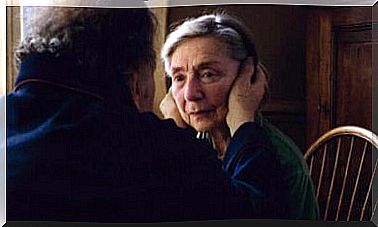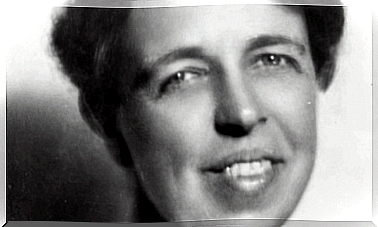Jane Goodall And How She Became A Globally Recognized Expert And Activist
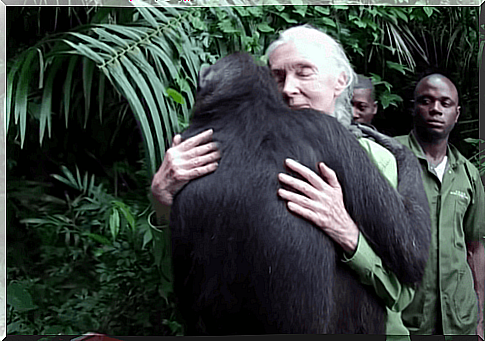
Jane Goodall is the world’s leading expert on chimpanzees. She fights tirelessly for more respect and the preservation of these animals. It is utterly impossible to summarize the research of decades of primate studies in a single article. Still, today we want to try to bring you closer to her great contributions to understanding primate behavior.
It is also impossible to present her extraordinary personality, her commitment to our world and her kindness in one article. For this reason, today we just want you to step in to find out more about this incredible woman. Jane Goodall is one of the best examples of how small changes can have a real impact on our world.
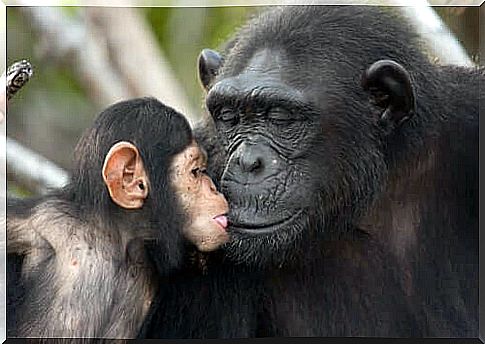
Who is Jane Goodall?
Jane Goodall was born on April 3, 1934. She is an English primatologist, ethologist, and anthropologist best known around the world for decades of studying chimpanzees in the Gombe Stream National Park, Tanzania.
She has been an animal lover since childhood. But it was only after reading Tarzan among the monkeys that she felt the need to go to Africa to study animals there. She once said that she was jealous that Tarzan had obviously married the wrong Jane!
Nevertheless, she made her first experiences with observing animals at the age of four. At that time she wanted to understand how chickens lay their eggs. As a result, she spent more than four hours observing them from hiding. Because she was so absorbed in it, her parents even called the police because they didn’t know where Jane was.
When her mother found out what her daughter had done, she was very interested and encouraged Jane to tell her about their observations. Jane always said that thanks to her mother’s interest, a scientist was born that day.
On a personal level, her case is possibly the best example of how encouraging children to be curious and help them experiment and question things the right way can help raise children who are happy, committed and passionate about doing things that inspire you.
The first trip to Africa
When Jane Goodall first traveled to Gombe, she was accompanied by her mother. At the time, it was not considered certain that a young, unattached woman would travel to this area alone. They spent four months there. During this time Jane could only observe the chimpanzees from a distance.
She later did a PhD in ethology. As a result, she was able to continue studying primate behavior. In 1960, paleontologist Louis Leakey sent her to Tanzania to observe the social and family interactions of wild chimpanzees. And that was the beginning of several decades of exciting field studies.
Jane’s early discoveries and insights
One of the first things Jane Goodall found out about chimpanzees when she could only observe them from a distance with binoculars was that they are able to make and use tools.
Previously, this ability was only ascribed to humans. Hence, this discovery showed that chimpanzees are far more similar to humans than previously thought. However, like many others, this claim has not been well received in the scientific world.
Jane observed that chimpanzees are very social beings. They spend a lot of time cleaning each other, playing with each other, or even tickling each other. In addition, they touch each other, hug, hold hands and kiss.
In addition, Jane Goodall studied how they used their shouts and non-verbal language as a means of expressing their fear or sadness, or even as a warning of danger. This, too, was a sensational revelation, because no one had suspected until then that these typical human behaviors would also exist in primates.
Maternal behavior in chimpanzees and humans
With regard to maternal behavior, there are examples that we could equate today with two different parenting styles. Jane Goodall observed that mothers in general were protective and encouraged the independence of their offspring. They cared for and stimulated their young to foster their development, just as human mothers do. This is now known as secure attachment.
However, she also observed a chimpanzee named Passion, who was an indifferent and insensitive mother. Their indifference demonstrates the great importance of maternal behavior and a secure attachment for the correct development of the offspring. Just like with humans.
She also discovered that the baby chimpanzees depend on their mothers for many years, while at the same time gradually learning to fend for themselves by imitating their mothers. Jane studied intensely a male chimpanzee named Flint, who still drank breast milk as a “teenager” and needed the constant attention of his mother Flo.
His mother was old and one day she passed away in an accident. Flint found them. After watching them for a long time, he returned to his community. But he seemed increasingly depressed, didn’t eat anything and died shortly afterwards too.
Flint’s case could be extrapolated to Spitz’s study of the effects of mother-child separation. The separation can result in the child experiencing anaclitic depression or hospital syndrome, which can lead to death from marasmus (a form of severe malnutrition).
Only a very small percentage of Jane Goodall’s findings have been published. It was only the most important and the easiest to use in understanding human behavior. Nevertheless, their studies were the basis for all subsequent research on chimpanzees.
Her research made her the most important primatologist in the world. That is why it has received numerous awards and prizes.
Criticism of Jane Goodall and her work
As soon as she entered the university for her PhD, she was accused of using incorrect research methods. She was also criticized for naming the chimpanzees. Your critics claimed that this approach was unscientific and would suggest anthropomorphism. Others complained that she attributed emotions or feelings to the chimpanzees. She also received great criticism for her claim that chimpanzees have different personalities.
Attempts have been made on numerous occasions to discredit them. And just because she is a woman. This was particularly so when she pointed out a possible similarity between humans and primates.
Many headlines attributed her success not to her incredible work, but to her beautiful legs and blonde hair. But Jane Goodall ignored this criticism and even used it in part to her advantage to get more money to continue her studies.
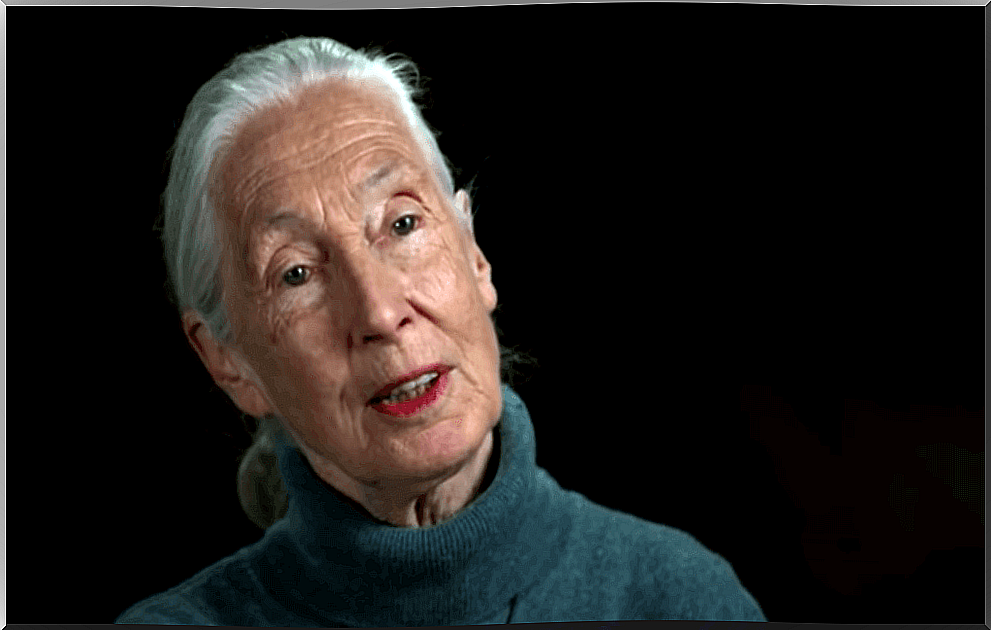
From researcher to activist
After the Chicago Academy for Conservation summit, which revealed the effects of deforestation , she left the scientific community and became an activist. Thanks to her fight for the preservation of these primates and their habitat, she is considered a “world ambassador for chimpanzees”.
In addition, the Jane Goodall Institute offers numerous educational programs and conferences to make us humans aware of the effects of our behavior on nature and to promote respect for animals and the environment.
She believes that no matter how much intellect people have, they cannot be called intelligent as they are destroying their own living space.





